How canton Ticino became a democracy pioneer in Europe
History books often point to the second French Revolution in July 1830 as the start of a democratising wave that swept Europe, including Switzerland. What is often overlooked is the role of canton Ticino, which pioneered many of the ideas at the heart of these revolutions.
In 1830, weeks before the French took to the streets against the conservative regime of Charles X, Ticino had much to boast about. It had already established the principle of freedom of information regarding political decision-making at the cantonal level, representative democracy with a parliament elected by male suffrage, and an indirectly elected government. Constitutional referenda along with freedom of the press – a cornerstone of democracy – were also part of the system.
This series in several parts is tailored for our author: Claude Longchamp’s expertise makes him the man who can bring alive the places where important things happened.
Longchamp was a founder of the research institute gfs.bern and is the most experienced political analyst in Switzerland. He is also a historian. Combining these disciplines, Longchamp has for many years given highly acclaimed historic tours of Bern and other sites.
“Longchamp performs democracy,” was one journalist’s headline on a report about a city tour.
This multimedia series, which the author is producing exclusively for SWI swissinfo.ch, doesn’t concentrate on cities – instead its focus is on important places.
He also posts regular contributions on FacebookExternal linkExternal link, Instagram External linkExternal linkund TwitterExternal linkExternal link.
The Ticino revolution was driven by a liberal movement led by Stefano Franscini, a teacher. Already, in numerous publications, he had pilloried the backwardness of his canton, and made suggestions to improve things.
The Ticino revolutionary was rewarded for all his efforts in 1848. That year, Franscini became one of seven federal councillors who formed the first government of the Swiss federation – he was also the first member of government to hail from southern Switzerland.
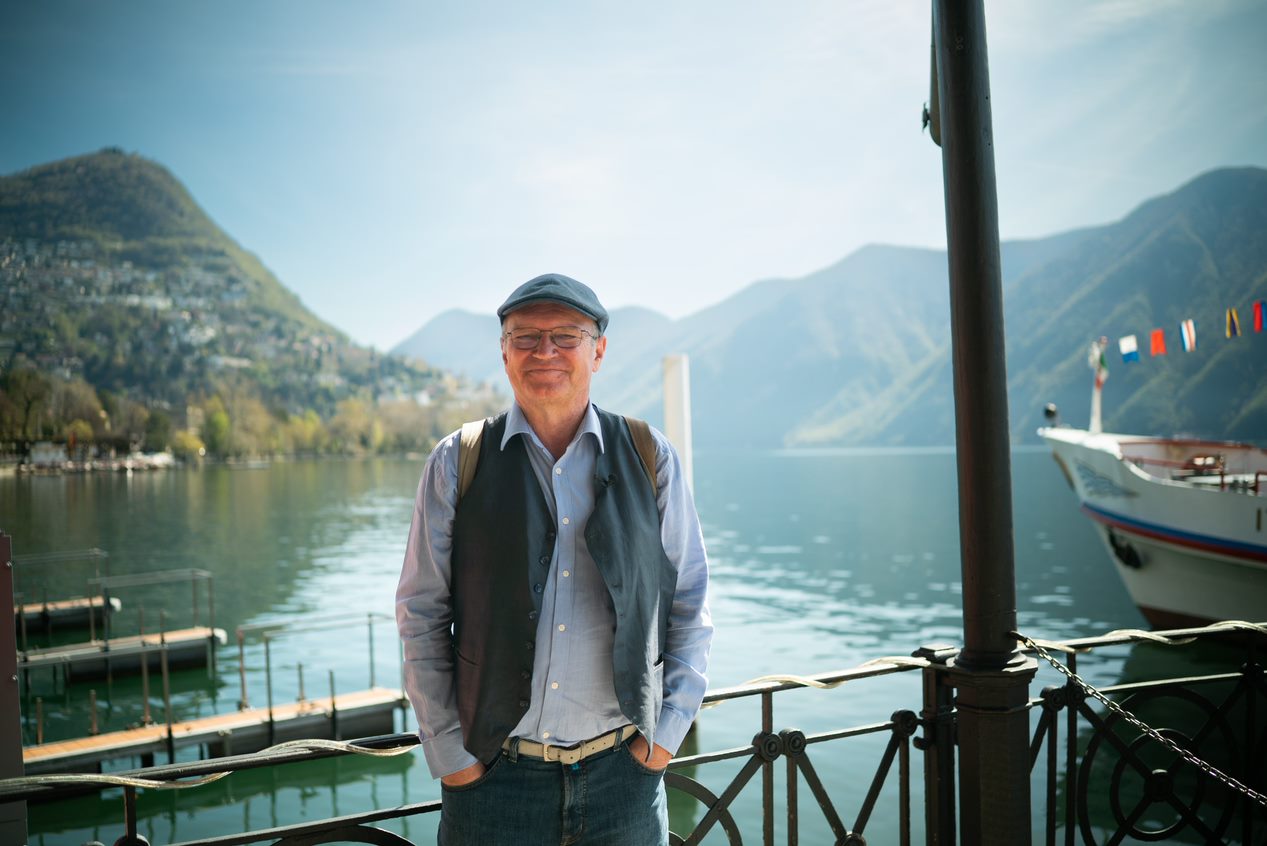
Thanks to Franscini, Ticino was the first Swiss canton with a liberal constitution that enshrined principles such as press freedom. By 1831, most Swiss cantons had followed Ticino’s lead and adopted constitutions in the same spirit. Switzerland at the time was still a union of states with 22 member cantons rather than a federation.
Within the cantons, aristocratic rule involving old-established families was abolished, as was the precedence of cities over the countryside. That was opposed in ten cantons, including all those that had a traditional legislative meeting of citizens, a practice dating back to the Middle Ages.
The Historical Dictionary of Switzerland refers to the years 1830 and 1848 as “breakthroughs to democracy”. The process was not without its setbacks. But in the Swiss cantons, by 1848, 20-25% of the male population enjoyed the right to vote.
“The Swiss cantons were European pioneers in establishing a parliament elected by the people,” says historian Claude Longchamp.
In Britain and France at the time, the figure was less than two per cent.
Too early for a federation
Up until then, there had been no breakthroughs in the creation of a single democratic state made up of cantons. The Federal Diet, a legislative assembly bringing together the Swiss cantons, tried to draft a constitution for a modern type of state already in 1832. Liberal, democratic and federalist was what it was intended to be.
Geneva lawyer Pellegrino Rossi proposed that there should be free movement of people and goods, and the right to settle in a different canton. The intention was to centralise customs, postal service, currency, weights and measures. This was in fact a proposal for an internal market among the member cantons.
The Federal Diet, in Rossi’s view, needed to be transformed into a parliament in which decisions reflected the will of the (all-male) majority. The government, he argued, should be made up of five councillors with a national president at their head. He also called for the creation of a federal court.
That vision never materialised. Federalists and centralists were sceptical about it for a variety of reasons, and both ended up opposing it. Rossi’s plan collapsed when the canton of Lucerne, in a popular referendum, rejected the idea of hosting the national capital.
Ideologies that left their mark
The ideologies of the time are still recognisable today.
Conservatives defended the decisions of the 1815 Congress of Vienna, which re-shaped the European and Swiss political order after the fall of Napoleon I. The proposed separation of Church and state meant for them that church-based schools were to be protected from state interference.
They were opposed by the Radicals with their vision of a secular republic. Radicals believed state power should always originate with the people. And voting rights should be extended to the young and to immigrants from other cantons – but again, men only.
In between these two camps stood the Liberals. They emphasised the rule of law and individual freedom. Business founders should work to advance society. Social progress would come through popular education.
From 1648 to 1798 the Swiss Confederation was a rather loose union of states with 13 sovereign territories which were kept together by the Federal Diet. In foreign policy, it was neutral.
From 1798 to 1803 the Helvetic Republic was a centralised state. In 1803 there was a new settlement, with a federal state made up of 19 cantons.
In 1815, the Congress of Vienna reformed the union of states to include a total of 22 cantons and it neutralised the Swiss Confederation, which was not allowed to join either France nor Austria.
In 1848, the federal state appeared in the form it still has today. The principle of neutrality remained unchanged.
These differing worldviews shaped their interpretation of democracy.
The Liberals saw themselves as an elite, which should receive a stamp of approval from cantonal elections but not be limited by them.
The Conservatives wanted to see a municipal veto to head off interference by cantons in the affairs of cities and towns.
The Radicals supported the idea of a referendum on all proposed legislation.
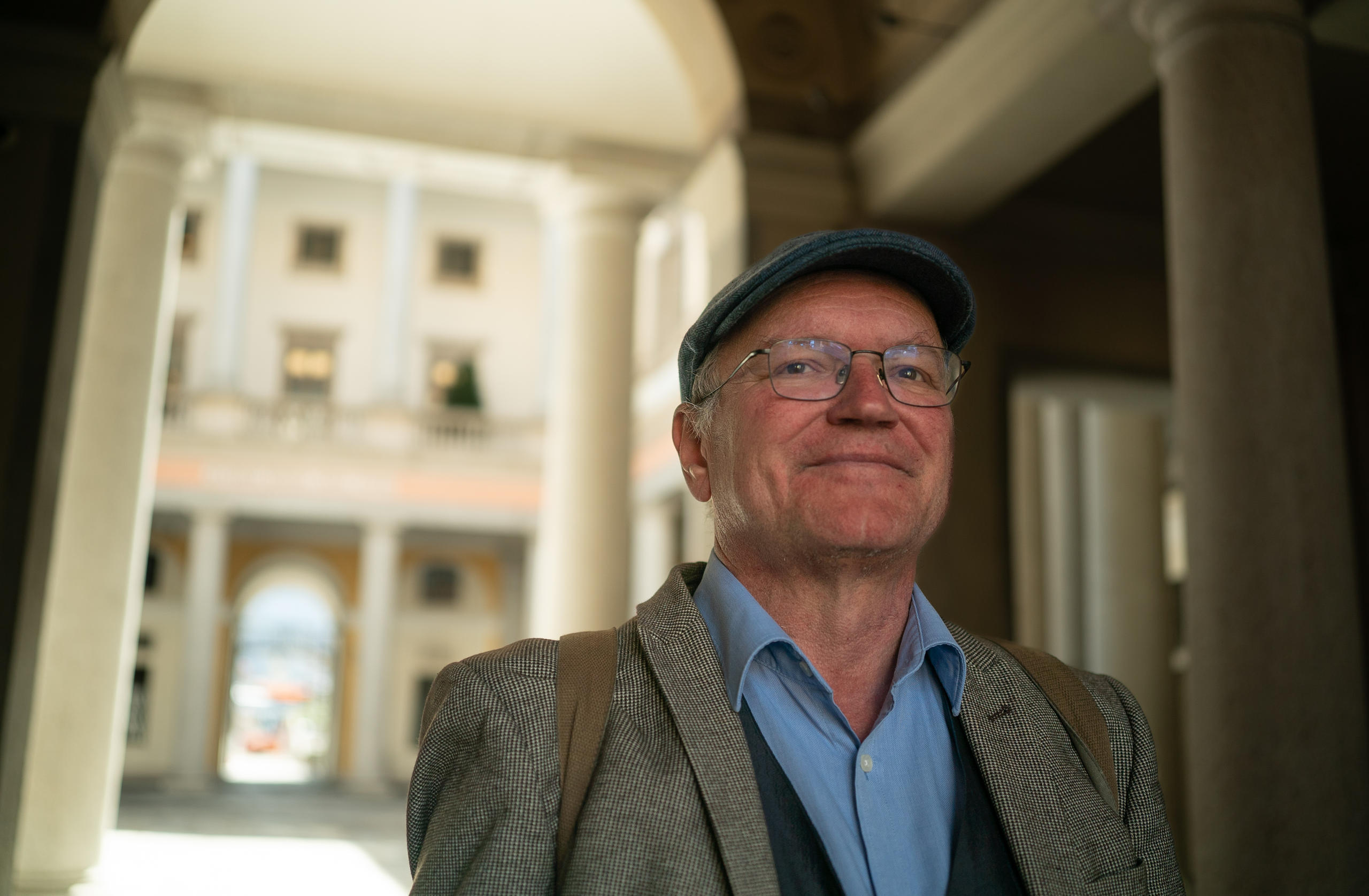
St. Gallen made that a reality in 1831 by bringing in a veto. Decisions by parliament had to be approved by a commission, which decided what was right – it was an early form of today’s referendum. However, the aim was to allow the influence of the Catholic Church to continue.
In Vaud, in 1845, on the other hand, the people’s right to make their own laws was discussed seriously – this was an early form of the popular initiative, a key pillar of Swiss direct democracy.
Not only representative democracy, but also people’s rights like the referendum and the popular initiative, originated in the liberal era, influenced by the cantons.
The battle over dissolution of the monasteries
The fate of monasteries was a thorny political issue across Swiss cantons. Numerous re-established cantons demanded the dissolution of monasteries in 1834. The Federal Diet tried to head this off in 1841.
The political tensions grew. Radicals raised a paramilitary force of young men against Lucerne, with a view to overthrowing the clerical government there. There was then a second attempt involving a putsch of renegade politicians and officers. Both attempts came to nothing.
When a secret alliance between the conservative cantons in 1845, called the Sonderbund, became public knowledge, Zurich went on the offensive and demanded that it be dismantled by force. A razor-thin Liberal-Radical majority at the Federal Diet voted for civil war.
Switzerland’s (last) civil war
On November 4, 1847, hostilities erupted. A Swiss federal army of about 100,000 men under the command of General Guillaume-Henri Dufour marched on the centres of Catholic and conservative resistance. Fribourg surrendered but Lucerne fought on.
After 25 days of fighting and 150 men killed, all the cantons of the Sonderbund alliance capitulated. The constitutions of renegade cantons were changed to conform to liberal principles; this set the stage for a full federation to be established.
Europe’s conservative powerhouses Austria, Prussia and Russia, along with France, provided political, diplomatic and logistical support to the conservative-Catholic powers of the Sonderbund. Britain, on the other hand, supported the progressive forces on the political and diplomatic level.
Proportional representation
In canton Ticino, where it had all started, the struggle for democracy raged on into the 1890s for over half a century. It took multiple government collapses, elections marred by bloodshed, and five federal government interventions before the state there took its final shape.
In Ticino this came only after 1891, when for the first time in Switzerland proportional representation was established as the way to elect the parliament and government.
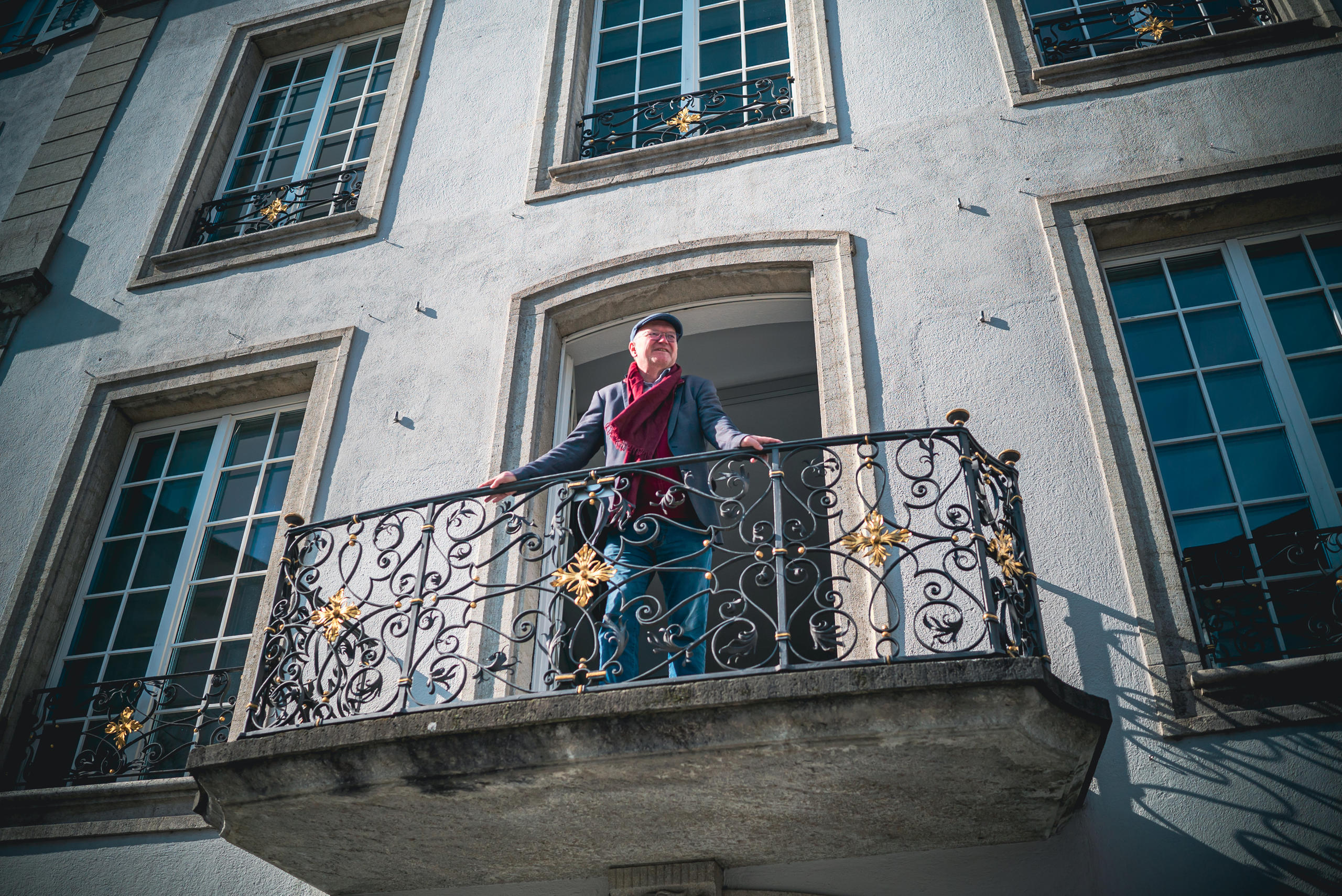
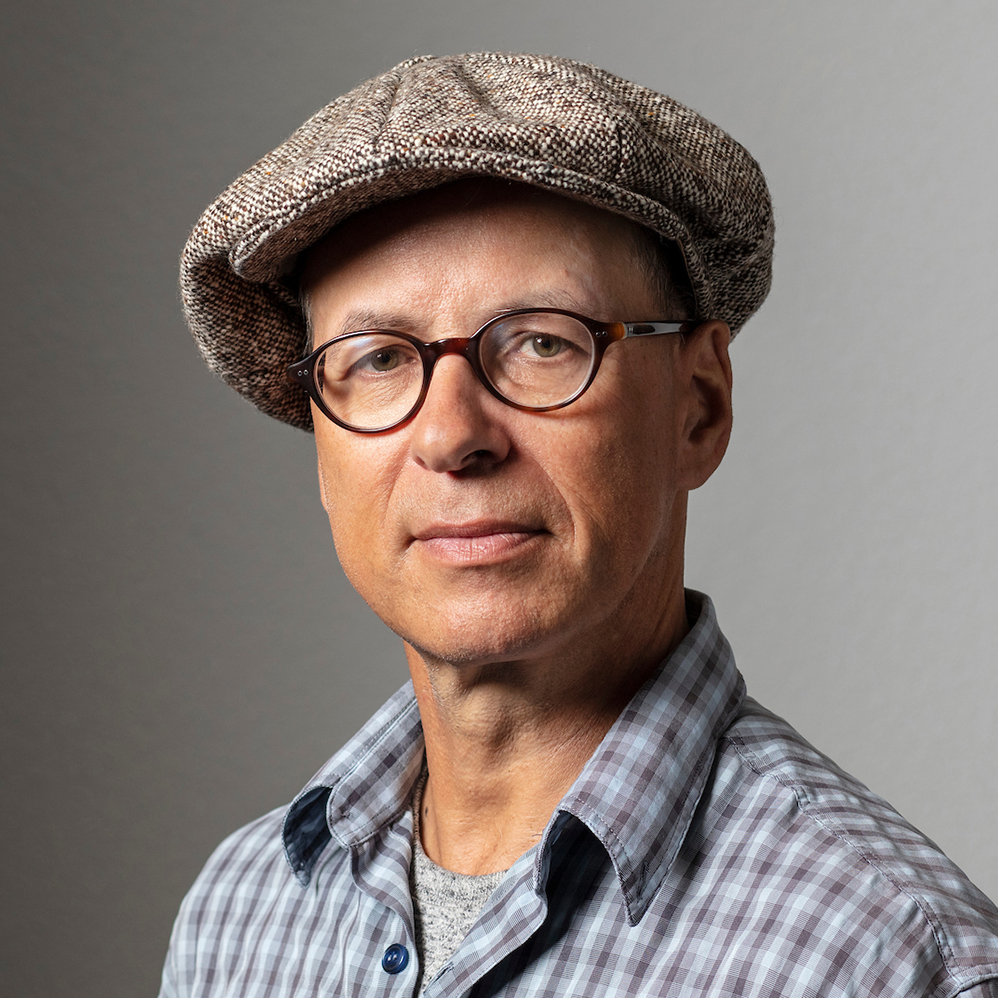
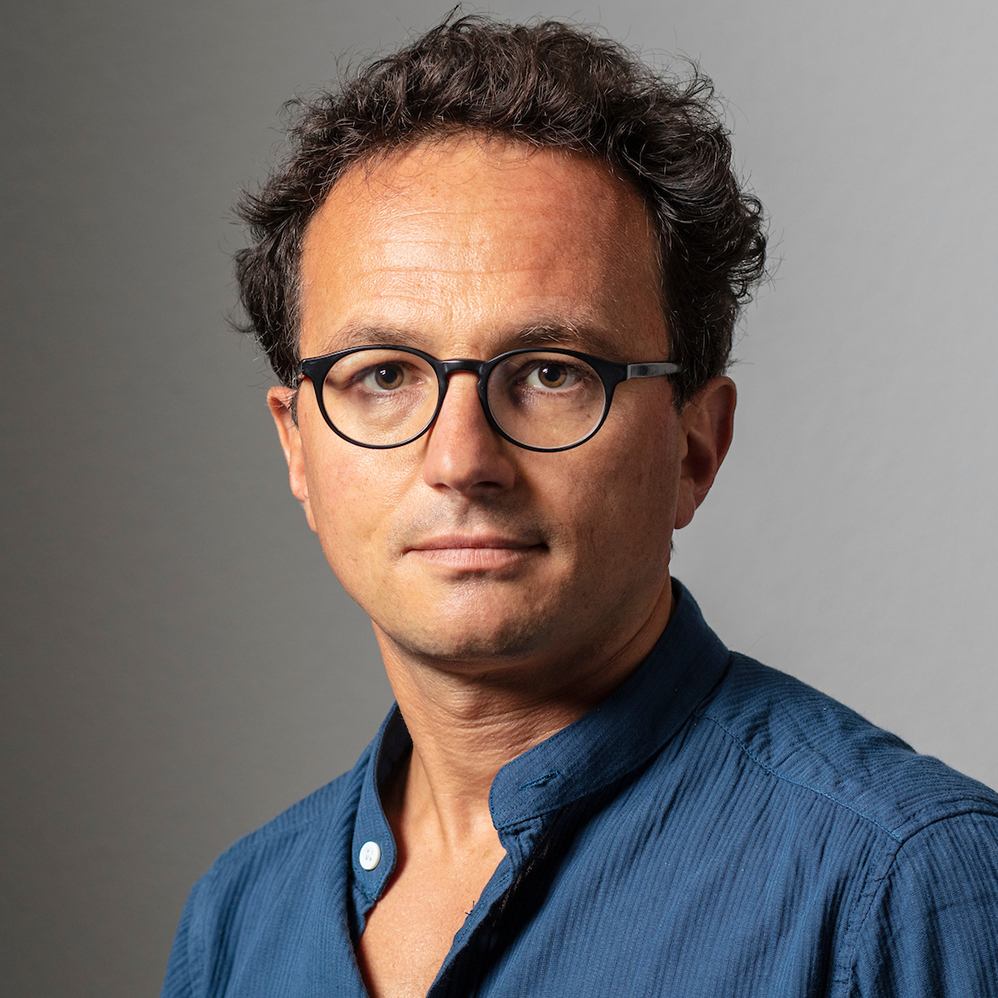

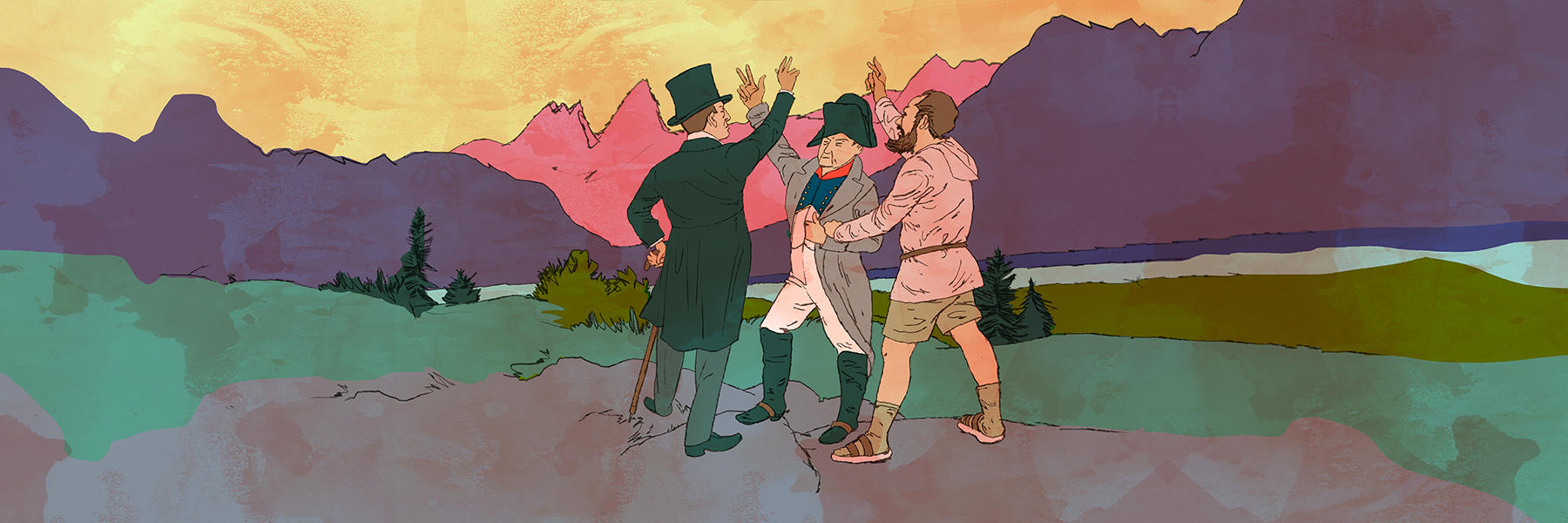
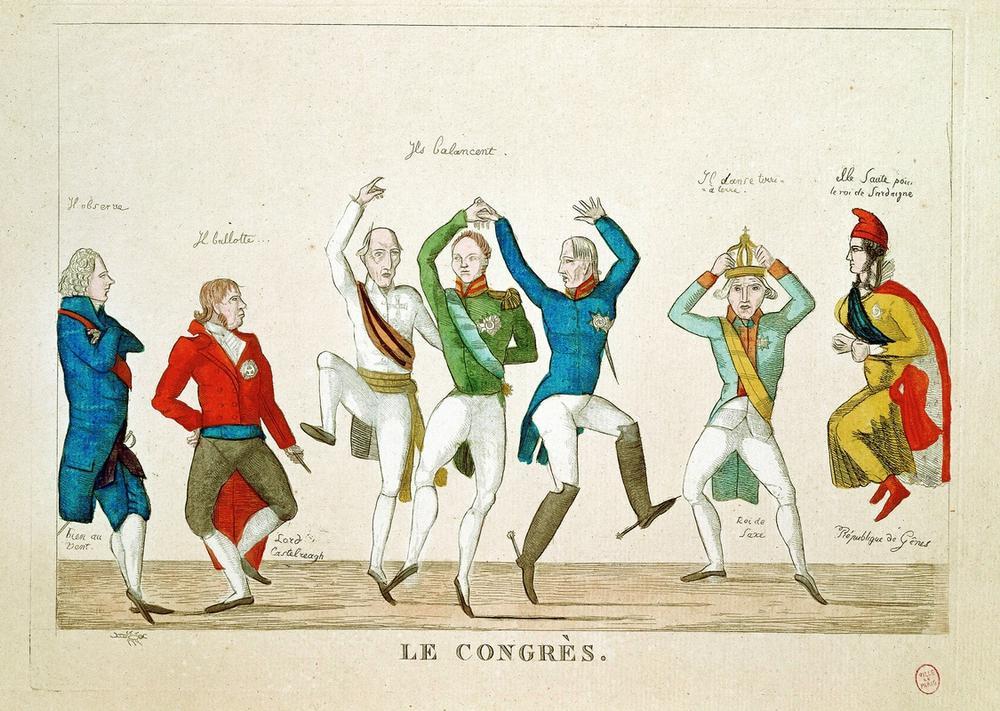
You can find an overview of ongoing debates with our journalists here. Please join us!
If you want to start a conversation about a topic raised in this article or want to report factual errors, email us at english@swissinfo.ch.